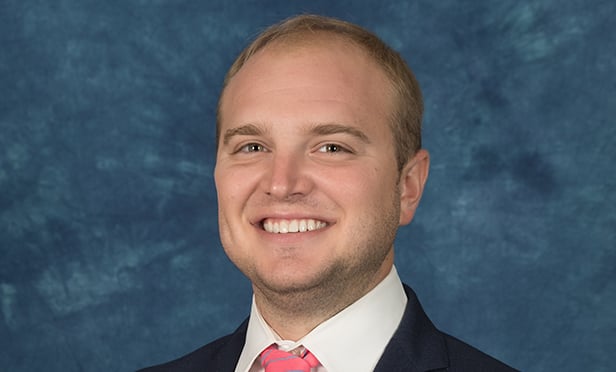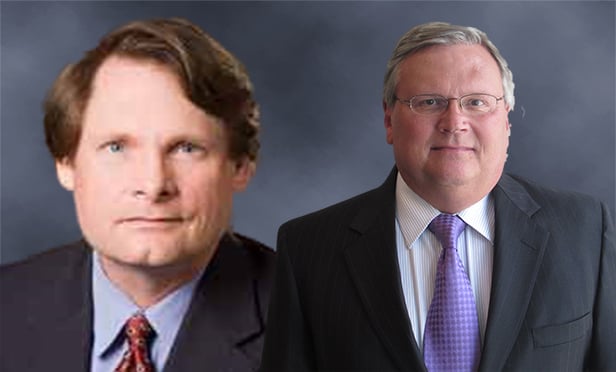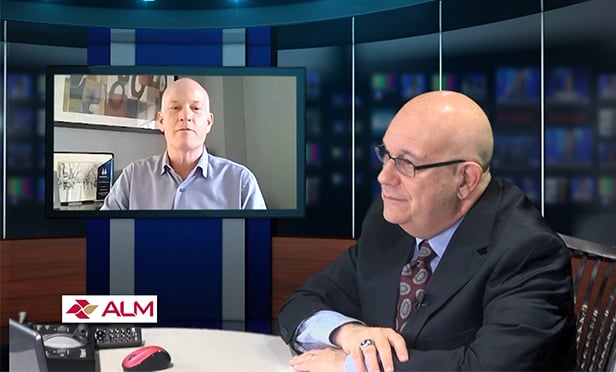Trends in the commercial real estate industry reflect the changing priorities of the organizations that occupy space, the investors and lenders that provide capital, and the larger community that is often represented by governmental bodies, public sentiment and economic conditions. The intense focus on energy and sustainability over the past 10 years illustrates how the real estate community balances the needs of all these stakeholders and evokes the world in which we live.
The Kyoto Protocol in 1997 raised the issue of monitoring carbon emissions as a first step to reducing them. The film “An Inconvenient Truth” brought sustainability to a wider collective consciousness. By the time sustainability concerns took center stage in the latter half of the decade, forward-looking companies already had been finding ways to reduce environmental impacts for years. For real estate service firms, energy and sustainability concerns were driven by demand from clients and cities. For example, we at Jones Lang LaSalle certified our first LEED development in 2003 for a university client, and the following year were recognized by a Chicago-area municipal coalition for our collaboration with corporate clients to reduce regional carbon emissions.
At first, sustainability initiatives, such as recycling programs, were mainly driven by the desire to enhance corporate brands and employee morale. Before long, however, companies realized they could save millions of dollars with inexpensive energy efficiency measures. As corporations implemented energy management in their owned facilities, they looked for similar programs in buildings where they lease space.
It is difficult to name a single factor driving the sustainability trend today simply because there are so many candidates—operational cost savings opportunities, corporate carbon reduction goals, compliance with government regulations and, increasingly, pools of capital aimed at socially responsible investment opportunities. The original motivations of employee productivity and corporate reputation have not disappeared, despite the continuing challenge of measuring progress in these areas. We find that, when we look for engagement among our own employees or within client operations, there are always more volunteers than we had expected.
The emergence of energy and sustainability as a priority is indicative of the way the commercial real estate industry continues to quantify the business case for sustainability. Property and facility managers, brokers, investors and corporate real estate professionals have all become more responsive to the changing needs of their constituents. Our ability to add value today far outstrips what we could offer as an industry 10 years ago. As the number of our accredited professionals continues to grow, we bring our clients more in-depth and actionable information, help them certify their buildings and use sophisticated tools to analyze, monitor and reduce energy usage. It’s clear that leading industry players will continue to drive improvements over the next decade, in the area of sustainability and beyond it.
To some extent, we can predict what the future will look like. Recognizing that 33% of greenhouse gas emissions are from the built environment, owners and occupiers are working together to find sustainable solutions. They are finding common ground on green leases, and it is easy to imagine that their efforts will lead to greater sustainability in leased space. We have yet to see energy retrofits become widespread, but it will happen as more projects prove successful and more high-performing buildings change hands at premium prices. Although it’s tempting to say that the past 10 years has been the decade of sustainability in buildings, it may be that the real green revolution is still in our future.
Colin Dyer has been a director of Jones Lang LaSalle since September 2004, when he was elected president and chief executive officer of the firm and the chairman of its Global Executive Committee. Before that, from 2000 to 2004, he was the founding CEO of the WorldWide Retail Exchange, an Internet-based business-to-business exchange, with offices in Washington, D.C., Paris and Tokyo, whose members include more than 40 of the world's leading retailers and manufacturers. From 1996 until 2000, Dyer was CEO of Courtaulds Textiles plc, an international clothing and fabric company operating in 17 countries with 22,000 employees. He began his career with Courtaulds in 1982 as managing director of the Dutch retail chain, GDL, and held various positions with the company before being named chief executive. From 1978 to 1982, he served with McKinsey & Company in Amsterdam as a client manager to firms in the banking, chemical, retail, petrochemical, medical equipment and aerospace industries.
© Touchpoint Markets, All Rights Reserved. Request academic re-use from www.copyright.com. All other uses, submit a request to [email protected]. For more inforrmation visit Asset & Logo Licensing.






